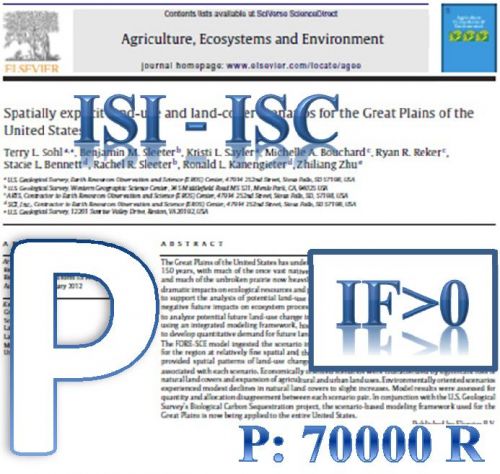One of the main challenges in the conservation of biodiversity is to overcome inadequate knowledge about species and their intra-specific diversity. In the present study, we attempted to assess morphological distinction of the two previously identified genetic clades within the Luristan newt (Neurergus kaiseri, Schmidt 1952) endemic to Iran, which is essential for its conservation planning. Signals of the morphological variation in N. kaiseri were evaluated using landmark-based geometric morphometrics of body shape and characters of osteological structures. Morphological approaches revealed consistent groupings within the species, confirming the presence of two distinct lineages (previously named as the northern and southern clades). The morphological and genetic data provide evidence for the possible co-existence of two species in N. kaiseri and we recommend assigning the newly recognised forms to the species level.
کلید واژگان :geometric morphometrics, Kaiser's spotted newt, intra-specific diversity, osteology, Zagros Mountains
ارزش ریالی : 1200000 ریال
با پرداخت الکترونیک
